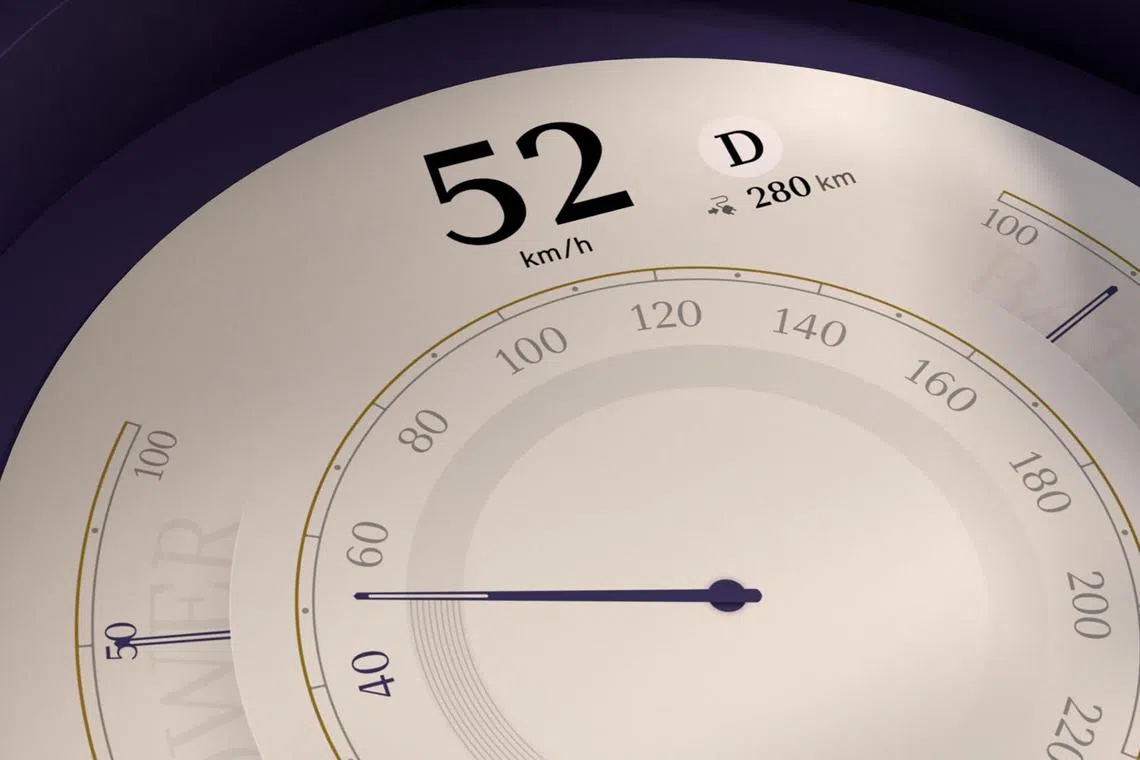Torque Shop: Car speedometers are calibrated to show a higher speed
Sign up now: Get ST's newsletters delivered to your inbox

It is usual for the speedometers to overstate how fast the car is going.
PHOTO: MINI
Shreejit Changaroth
Follow topic:
The reading on my car’s speedometer is different from what is shown on the smartphone’s navigation maps. Is this normal?
It is common for a car’s speedometer to report a higher reading than what is shown on a smartphone’s navigation app.
In a conventional analogue speedometer, the measurement is taken off the gearbox usually by a small gear, driven by the gearbox output shaft. The rotations of the gear are transmitted to the speedometer by a coaxial cable.
In more recent cars, the rotations are captured by an inductive sensor and transmitted to the speedo electronically. You may have come across either type of speedometer device in bicycles.
Whether a conventional round dial with a needle or a virtual LED type of speedometer in the instrument cluster, the speed read-out is programmed to be “optimistic” or over-reading.
The majority of cars sold in Singapore tend to be meant for other countries, some of which may have a legal vehicle homologation requirement for the speedometer reading to be 10 to 15 per cent higher than actual speed.
Regardless of the measuring strategy of the car’s speedometer system design, fitting tyres that are bigger or smaller than the original set-up will result in an incorrect speed readout.
Smartphone apps for navigation measure a vehicle’s speed using satellite tracking.
Under most conditions, the speed shown on the display tends to be a more accurate value of the actual speed.
Errors due to interference or terrain undulations can happen, but they are infrequent and marginal.
As far as driving is concerned, it is best to observe the over-reading speedometer so you will be sure to maintain a legal speed.

